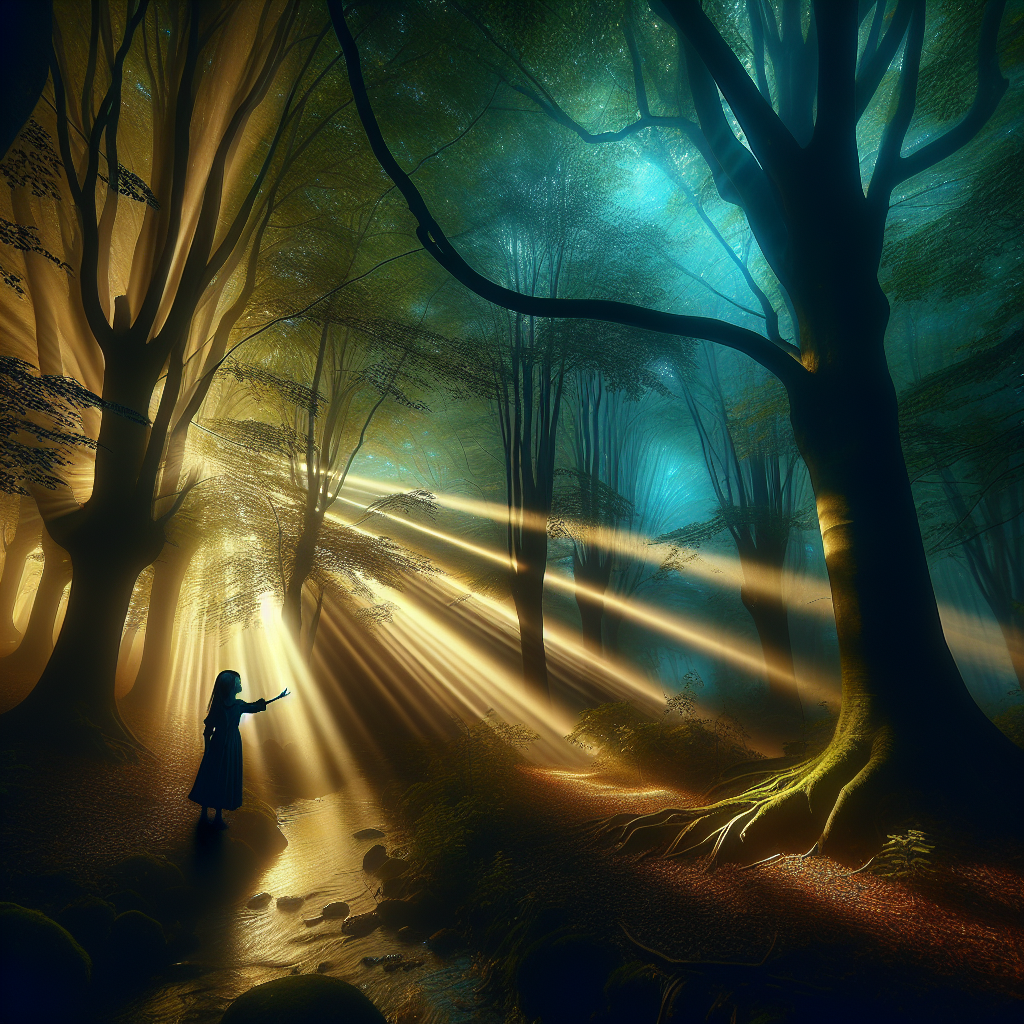Are Light Rays Visible in Air? Exploring Optical Phenomena
Have you ever wondered why we can see light but not the rays themselves? It's a fascinating question that delves into the heart of optical phenomena. In this blog post, we'll explore the science behind light visibility, how it travels through air, and the various phenomena that reveal its paths. Join me on this enlightening journey!
Table of Contents
1. Introduction to Light and Visibility
2. Understanding Light Rays
3. How Light Travels Through Air
4. Optical Phenomena That Make Light Visible
5. The Science Behind Light Refraction and Reflection
6. Conclusion
7. FAQs

Introduction to Light and Visibility
Light is an essential part of our daily lives, allowing us to perceive the world in vivid colors and intricate details. But when it comes to the visibility of light rays themselves, things get a bit more complex. Have you ever tried to see a ray of light in the air? Sounds almost magical, doesn't it? Let's dive deeper into the science of light to uncover why this is such a rare sight.
Understanding Light Rays
Light travels in the form of rays, which are essentially straight paths of photons. These rays are not inherently visible unless they interact with particles or surfaces. In a vacuum, light travels in straight lines, unseen to the human eye. The visibility of light rays largely depends on their interaction with the environment, which brings us to the next point.

How Light Travels Through Air
In a clear atmosphere, light propagates through air without much disturbance. Air itself is mostly transparent, allowing light to pass through without scattering. This is why, under normal conditions, light rays are invisible to us as they move through the air. However, when light encounters particles like dust, water droplets, or other atmospheric elements, it scatters, making the light path visible.
Optical Phenomena That Make Light Visible
There are several fascinating optical phenomena where light becomes visible due to interaction with the environment:
1. Rayleigh Scattering
This type of scattering occurs when light interacts with particles smaller than its wavelength, such as gas molecules. It's the reason why the sky appears blue during the day and red or orange during sunrise and sunset.
2. Tyndall Effect
The Tyndall Effect occurs when light passes through a colloid, such as fog or smoke, and scatters, making the light beam visible. You might have noticed this effect when sunlight streams through a dusty room.
3. Crepuscular Rays
Also known as "sunbeams," crepuscular rays are visible beams of sunlight that appear to radiate from the sun. They are visible when sunlight is scattered by larger particles in the atmosphere, such as clouds or haze.
The Science Behind Light Refraction and Reflection
Refraction and reflection are two fundamental optical phenomena that alter the path of light, sometimes making it visible in unexpected ways.
Refraction
Refraction occurs when light passes through different mediums, such as air to water, causing it to bend. This bending can make light paths visible, like when you see a straw appear broken in a glass of water.
Reflection
Reflection happens when light bounces off a surface. A classic example is a mirror, where light reflects in a way that allows us to see our own image. Reflection can also make light rays visible when they hit surfaces like clouds or water bodies.
Conclusion
While light rays themselves are typically invisible as they travel through clear air, various optical phenomena can reveal their paths in stunning and beautiful ways. From the subtle scattering in the atmosphere to the vibrant displays of crepuscular rays, these phenomena remind us of the wondrous nature of light and its interaction with our world.
FAQs
Q1: Can we ever see light rays in a vacuum?
A1: No, light rays in a vacuum remain invisible to the human eye because there are no particles to scatter the light.
Q2: Why do we see beams of light in dusty rooms?
A2: The dust particles scatter the light, making the beams visible to us. This is an example of the Tyndall Effect.
Q3: What causes a sunset to appear red?
A3: During sunset, the sunlight passes through a thicker layer of the atmosphere, enhancing Rayleigh scattering and causing more blue and green light to scatter out, leaving red and orange hues.
Q4: Are crepuscular rays only visible during sunset?
A4: No, crepuscular rays can occur whenever sunlight is scattered by clouds or particles, although they are more pronounced during sunrise and sunset.

